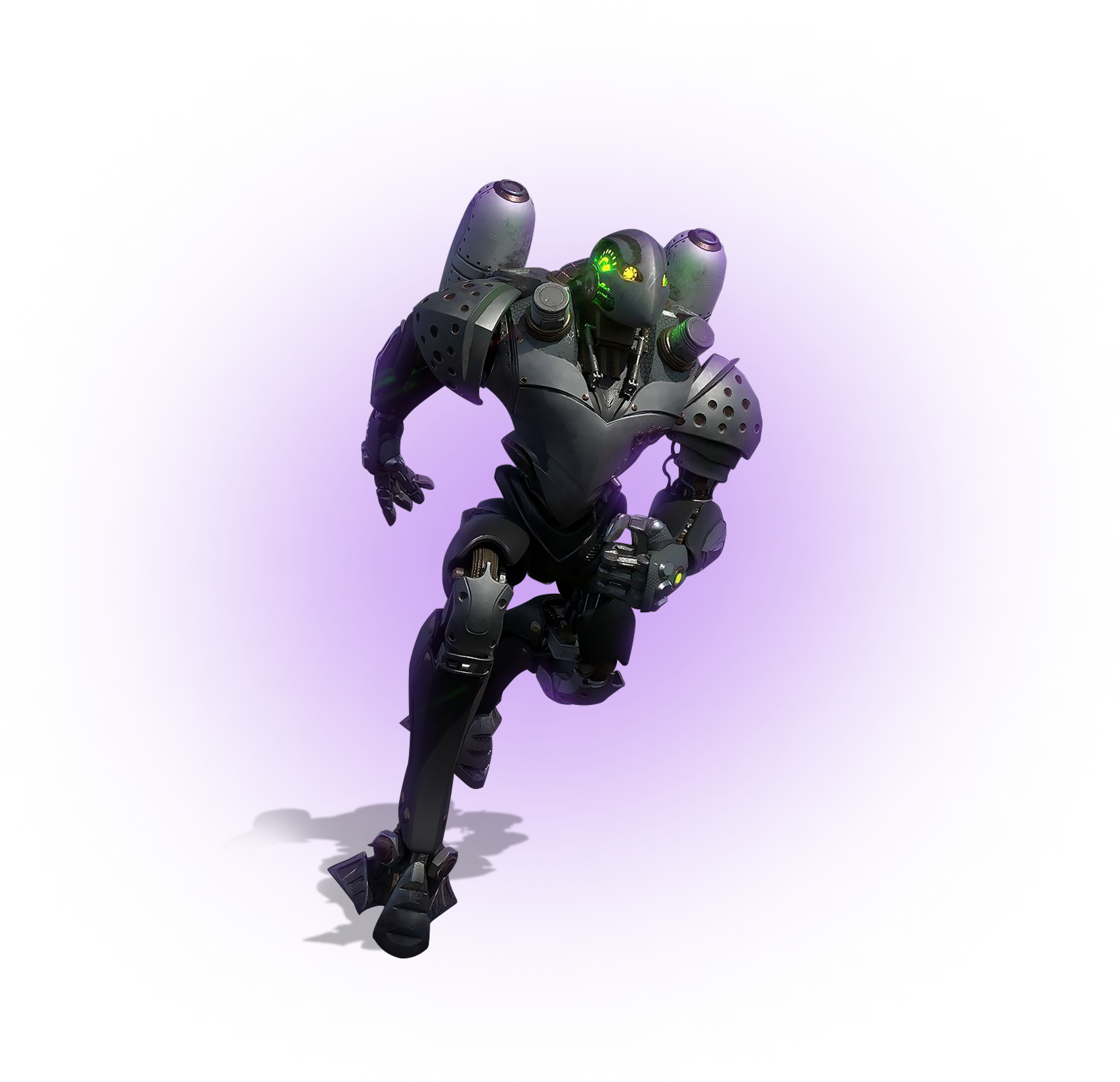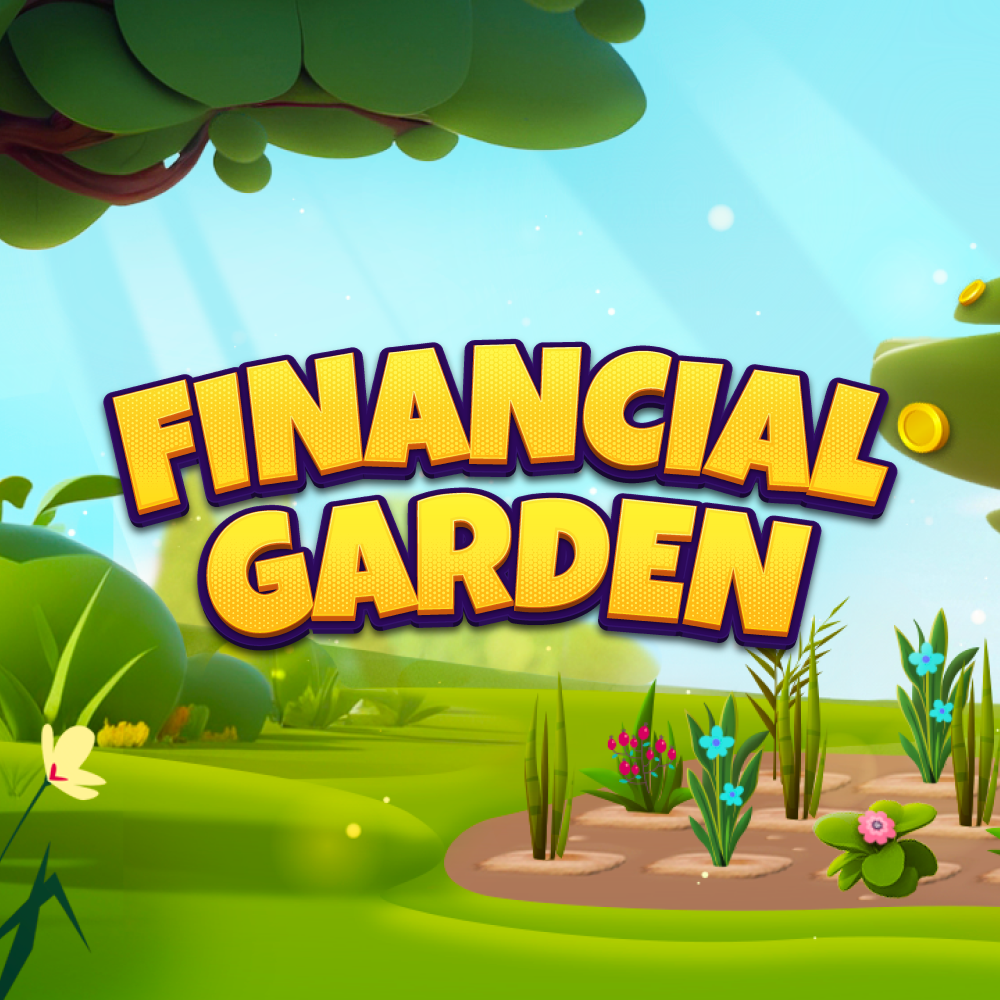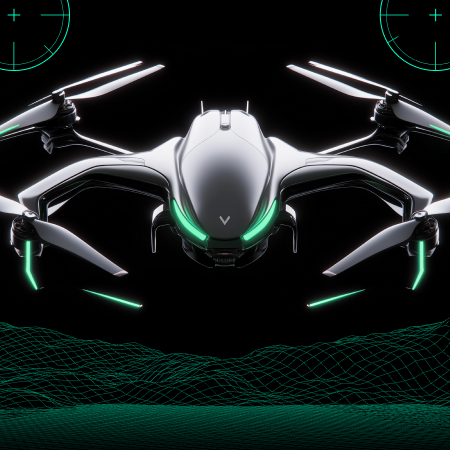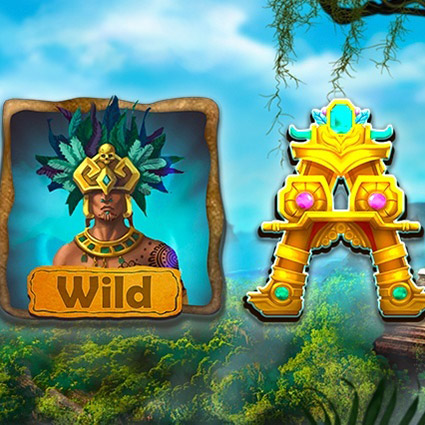There are lots of different games on the market, which are played by 3.24 billion gamers worldwide. Some of those games are remakes and some run-of-the-mill projects, but there are also hundreds of legendary games. So if you’re aiming for fame with your gaming project, then you should stand out with a unique game. The key to success is in the details, so special attention to features like 3D environment art and models can attract more users to try your title.
In this article, you’ll explore the essence of game environment modeling and its peculiarities. Moreover, you’ll find out what the main stages of game environment design are and how to achieve a flawless result in your project.
What is Game Environment Modeling?
Modeling is an integral stage of game environment design focused on creating visual components like the background, game assets, and scenery. Some people confuse it with game map design, but environment design is not the same. Below are the key differences between these two directions.
Game Map
A map of the game is a limited territory where a stage of gameplay happens. For example, when you open a map in a game, you can only see a general gaming area on a reduced scale.
Game Environment
The 3D environment design of a game includes the objects and views that users can see while playing. Everything that surrounds you in a game is a game environment.
When planning game design, it’s better to decide what game environment type to choose in order for development to be time-efficient and high in quality at the same time.
Game Environment Types
Modeling is a design technique most often applied to 3D games, so we will be focusing on 3D environments.
3D modeling environment
Because a game environment is everything that surrounds players, artists create lots of different 3D models to fill a 3D game world with assets and scenes. Models can be created using various software, but there is not always time and need to design every detail perfectly.
That’s why there are two types of modeling for game environments — low poly and high poly. The essence of these two is that models are designed from polygons – digital geometric shapes that are conjoined into a 3D patchwork, giving the object features and details. But what exact type to use and when? You will find the answers below.
Low poly game environment

The essence of low poly design is that artists spend less time and effort to create a model. Objects are composed of fewer polygons and there is a low level of detail. This type is often used for secondary assets or simple backgrounds. So when you don’t have much time for modeling and texturing, you can design a low poly environment with Unity, as this game engine offers great features in their asset store.
High poly game environment

A high poly design is used when the models should be detailed and look natural. More polygons and polish to assets are added to ensure nice fidelity. Thus, a high poly sculpt/model is often an asset for a foreground environment. This type of game environment design makes the product more enjoyable and aesthetically pleasing to those who appreciate good graphics.
Peculiarities in Game Environment Modeling for Different Platforms
The design of a game environment cannot be the same for separate platforms, since mobile devices, PCs, and consoles have different technical capabilities.
Game environment modeling for PC and consoles
The utmost attention must be devoted when designing games for PCs and consoles, as the wide screen stretches the image. Therefore, foreground and middle-ground models created with a high poly design look much better and more natural. In addition, good environment design should be complemented with lighting and visuals. You can supplement the environment with appropriate assets to make the picture look full and have the effect of immersion in the plot.
Game environment modeling for mobile
The design of a mobile game environment cannot be as large-scale and natural, as the size of the screens is way too small to see details. Therefore, the environment should be minimalistic, but at the same time discernible. To achieve this, silhouettes and textures should be obvious, which can be made with a low poly design. In addition, each asset must serve a purpose — either play an important role in creating the atmosphere, or in the plot. Otherwise, they will just take up space on the small screen.
3D Environment Examples
As great examples of a high-quality environment design, we can mention several games almost all gamers have heard about. Let’s have a quick look at their environment design to master what good environment design looks like.
Environment design in the Last of Us
The environment in “The Last of Us” was designed in a way to achieve a real-world feel. The scenery is designed in true-to-life colors and shape, with natural lighting and texturing.

The assets and background are designed in high poly and convey the atmosphere of a ghost town.

The environment design in Cyberpunk 2077
The environment in the Cyberpunk world is designed in a futuristic style combined with retro waves, which we can see in such details as old doors with a technologically equipped security system. Vivid neon lighting is the calling card of this game and its genre.

Ultramodern assets such as cars, technology, or weapons are designed in high poly 3D graphics.

The environment design in Star Archer VR
This exciting VR game was created by the Game Ace studio and dazzles players with vivid colors. The game was designed in low poly with 3DS Max + Unreal Engine 4, and immerses players in a dynamic cartoon world. In Star Archer, the player fights bird enemies using their archer skills.

The character progresses to new levels of the game while discovering amazing new locations, weapons, and adventures. Playing in the world of VR, it’s easy to recognize each asset and location’s unique features that can be used by a player.

To create environments for all these games, dozens of teams and specialists devoted weeks and months, pouring in all their creativity and knowledge of style.
How to Make Game Environment Models
We are glad to share a step-by-step guide on how to make a 3D environment in any game. These key principles will help you structurize your workflow or at least understand how this process should go.
Planning
Before you start creating, it is more efficient to first collect references from the models you want to reproduce. For example, if you are going to model a rock, look for images of the rock from different angles to create a natural model.
Once you have collected references and have a clear vision of the future model, you may start with blockout/greyboxing – a time-saving solution. This process implies gradual animation and arrangement of models in the needed position. The advantage of a step-by-step process is that you can create a layout that is easier to edit. If you start with modeling right away, some of the details will be difficult to edit without damaging the overall sculpt.
3D modeling
The 3D modeling process is the creation of a digital object using special software such as Maya or Blender. At this stage, environment artists create a mesh in the shape of the future asset. Most objects can be generated automatically, for example, when you need a standard object.
In the case when you need to create a high-quality and unique model, this is done manually. To animate the finished sculpture, it’s better to use Maya with Unity 3D modeling or Unreal Engine 3D modeling, since these programs have the appropriate functionality.
UV & Texture map design
Texturing is an essential part of the modeling process, as it helps to bring the environment to life. The essence of texturing is to create a material design that matches the subject matter. Texturing is easiest to do in UV mapping, which makes it possible to edit the model in expanded form. Further, the 2D graphics are superimposed on the 3D model, resulting in a natural and completed asset. This stage can be done both with the Unreal Engine Texturing and with the Unity UV editor.
Adding Lighting & VFX
Lighting is an important tool for creating a more voluminous and physical environment. When an art designer adds shadows to one area and illuminates another, it makes the subject look natural. If you are using UE for environment design, you can find helpful resources in the documentation.
Visuals are also an important part of environmental design. Such special effects as rain, wind, and smog add real sensations to the game and affect the overall atmosphere of the scene. VFX documentation can also be found with Unity to help with the design process.

Achieve Flawless Results with Professional Modeling Services
Designing 3D games requires a professional approach, a team of specialists, a lot of time and resources. Why create all this from scratch when there are game development studios that have been proven over the years and have been successful with hundreds of projects?


Game-Ace is a creative studio with many years of experience, and we build custom projects for any request, including custom modeling and environment creation. It is easy to use our services because you only need an idea, and we have everything to bring it to life in the best possible way. We are not only certified Unity developers, but also real enthusiasts in our field, who work tirelessly so that your project takes off with the top games like a rocket into space.
Ready to discuss your project? Contact us and we will provide you with an excellent product in the shortest possible time!
 Character Skinning: The Key to Lifelike 3D Animation for Games
Character Skinning: The Key to Lifelike 3D Animation for Games  The Best Ways to Use Procedural Generation in Games
The Best Ways to Use Procedural Generation in Games  3D Modeling as the Cornerstone of Your Video Game
3D Modeling as the Cornerstone of Your Video Game  3D Character Modeling: Mastering the Art of Digital Design for Lifelike Creations
3D Character Modeling: Mastering the Art of Digital Design for Lifelike Creations 


































